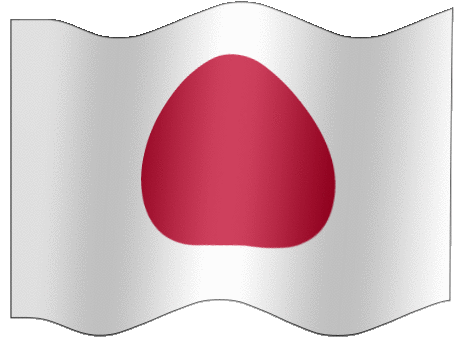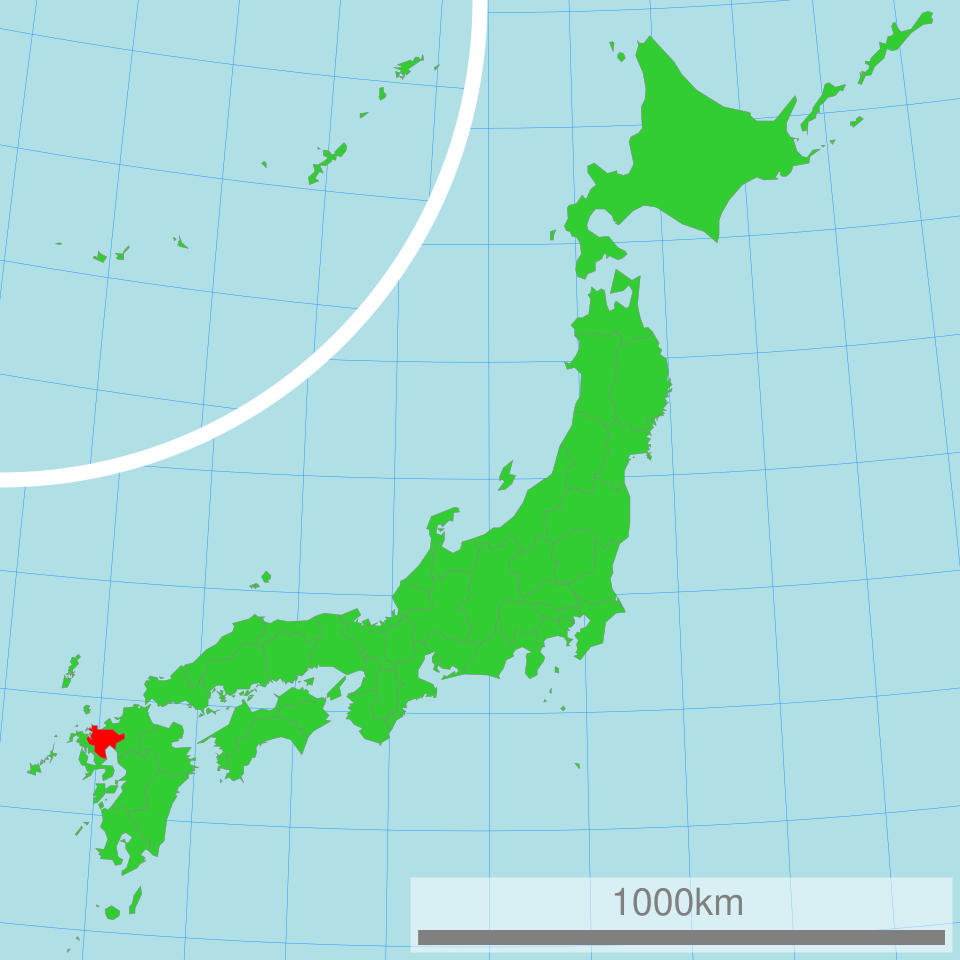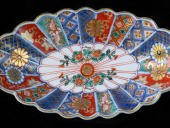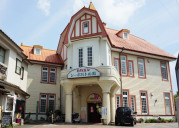 |
 |
 |
Let's be more moved - turn a trip of sights into a trip of feeling!

| SAGA Ken |
Free estimates
Free travel consultation
 |

|
 |

According to legend, it was built by a magistrate who was leaved alone
on an island and was saved by a large fish, in gratitude for which it was
saved. The date of its establishment is unknown.
|
Saga Ken("Ken" in Japanese means prefecture) is famous for its
tea and its long-standing ceramics such as Karatsu, Imari and Arita, and
borders two seas, the Genkai Sea and the Ariake Sea. It is the smallest
prefecture in Kyushu island and economic size.
It has many scenic spots, and is full of historical spots such as old hot springs and castles.
Several remains from the Paleolithic period have been discovered, and at
a site in Saga City, wooden accessories and shell mounds dating back 7,000
years have been excavated. In addition, the Yoshinogari Ruins, a large
moated settlement from the Yayoi period in the hilly area of Yoshinogari
Town, is well known |
  |
|
|
|
|
|
|
| #41101 |
|
|
|
|
|
| MUTSUGORO (Fish that lives on tidal flats) |
scientific name is "Mugil cephalus |
|
|

A One of the most eye-catching fish in the Ariake Sea is the Mutsugoro, which is about 15 centimeters long and has cute blue spots and heart-shaped eyes. It's a type of goby fish that are said to only live in the Ariake Sea and the Yatsushiro Sea in Japan. Ashikari Beach in Ogi City is a protected area for Mutsugoro, and is the perfect spot to observe them in their natural state. May and June are their courtship season, and can see them hopping around. Mutsugoros are amphibious fish that can live in both freshwater and saltwater, and are very sociable, often living in schools. This means that you can see many of them at once when observing them. The Mutsugoro has been newly designated as an endangered species in the latest edition of the International Union for Conservation of Nature (IUCN) Red List, a compilation of plants and animals at risk of extinction (announced on March 27, 2025). |
 |

Ariake Sea Coast |
|
|
|
|
|
|
| #41401 |
|
|
|
|
|
| ARITA Ware |
It's also called "Imari" or Imari ware |
|
 |

Arita ware is the first porcelain produced in Japan, fired mainly in Arita town about 400 years ago. It is highly regarded both in Japan and overseas for its beauty and quality. Arita ware is characterized by its delicate painting and transparent white porcelain. Arita ware is made using a variety of techniques, such as "sometsuke" (dyed porcelain) which is characterized by the beautiful contrast of blue and white, and "iroe" (colored painting) which is attractive for its vivid colors, and it never ceases to fascinate those who see it. It's is produced for a wide range of purposes, from tableware for everyday use to high-end works of art. Arita town and Meissen city in Germany are sister cities. |
 |

Arita town |
|
|
|
|
|
|
| #41301 |
|
|
|
|
|
| NANATSUGAMA (Seven caves) |
Seven caves in the deep cliffs |
|

|

A scenic spot that can be called a miracle of nature, with sea caves lined up on cliffs facing the coast of the Genkai Sea. This place is characterized by the steep cliffs along the coast and the beautiful blue sea that spreads out over them. The seven caves were carved out by the sea, and the unique topography fascinates visitors. The gradation of the sea and sky creates a fantastic moment. The water around Nanatsugama is also very clear, making it ideal for snorkeling and diving. It is also a popular fishing spot for anglers. The nearby sea area has rough waves, but you can enter the caves in a small boat at high tide when the waves are calm. There are also tourist boats that go to the caves. |
 |

Yakataishi, Karatsu city |
|
|
|
|
|
|
| #41201 |
|
|
|
|
|
| URESHINO Hot Spring |
Japan's top three skin-beautifying hot springs |
 |

Ureshino Onsen (Hot Spring), which has long been known as a water that
makes the skin beautiful, is also suitable for drinking, and the hot spring
tofu, which is cooked using the hot spring water, is a famous product of
Ureshino. Ureshino is also famous for its tea production, with tea fields
spreading around the area, and some accommodations offer "tea baths"
using the tea. Ureshino Onsen has a long history, with a document compiled
in 713 stating that "there is a hot spring in the east that is good
at healing people's illnesses." "Siebold's Footbath," named
after the Dutchman Philipp Franz von Siebold, who came to Japan during
the Edo period and contributed to the development of Western medicine,
stopped here, is available 24 hours a day and is free of charge. (The public
bath "Siebold's Bath" nearby is charged.) |
 |

Ureshino city |
|
|
|
|
|
|
|
|
|
|
|
|
|
|
|
|
|
|
|
|
|
|
|
|
|
|
|
|
|
|
|